Screen printing has been a popular method of printing for decades, offering versatility and high-quality results.
Table of Contents
ToggleIn 2023, advancements in technology have brought about various types of screen printing processes, each with its unique benefits and applications.
Whether you’re a printing enthusiast or a business owner looking to explore new printing techniques, this blog post will introduce you to the top 10 types of screen printing processes available in 2023.
Embroidery Digitizing Services
If you are looking for embroidery digitizing services, EMDigitizer is one of the best embroidery digitizing companies. Providing all types of embroidery digitizing Services. I recommend you try digitizing services.
Order NowGet Free QuoteKeyword
screen printing process
simulated process screen printing
4 color process screen printing
screen print process
screen printing process step by step pdf
silk screen printing process
screen printing process step by step
process of screen printing
screen printing process step by step with pictures
silk screen print process
4 color process screen printing angles
4 color process screen printing ink
4 color process screen printing on dark shirts
4 color process screen printing separations
andy warhol screen printing process
bovie screen process printing
cmyk 4 color process screen printing
cmyk process screen printing
commercial screen printing process
discharge screen printing process
emulsion screen printing process
four color process screen printing
full color process screen printing
hand screen printing process
how to screen print 4 color process
how to separate cmyk 4 color process for screen printing
industrial screen printing process
manual screen printing process
pcb screen printing process pdf
photo emulsion screen printing process
process color screen printing
process ink screen printing
process of screen printing t shirts
processing print to screen
rotary screen printing process
rotary screen printing process pdf
screen printing 4 color process
screen printing emulsion process
screen printing machine process
screen printing on fabric process
screen printing process at home
screen printing process diagram
screen printing process explained
screen printing process flowchart
screen printing process in textile
screen printing process pdf
screen printing process start to finish
screen printing process step by step at home
screen printing process steps
screen printing process video
silicone screen printing process
silk screen printing process step by step
silk screen printing process youtube
sim process screen printing
simulated process screen printing photoshop
simulated process screen printing separations
simulated process screen printing software
simulated process screen printing tutorial
smt screen printing process
solder paste screen printing process
spot color process screen printing
spot process screen printing
stencil screen printing process
step by step process of screen printing
step by step screen printing process diagram
t shirt screen printing process
the process of screen printing
the screen printing process
uv screen printing process
warhol screen printing process
what is 4 color process screen printing
what is screen printing process
what is silk screen printing process
what is simulated process screen printing
what is the process of screen printing
what is the process of silk screen printing
what is the screen printing process
what material is traditionally used in the screen printing process
4 color process screen printing order
4 colour process screen printing
bovie screen process printing co inc
cmyk silk screen printing process
digital screen printing process
fabric screen printing process
flat bed screen printing process
flat screen printing process
flatbed screen printing process
foil screen printing process
four colour screen printing process
heat transfer screen printing process
high density screen printing process
pcb screen printing process
photo screen printing process
photographic silk screen printing process
process of silk screen printing
process printing screen printing
process screen printing
processing print text to screen
rotary screen printing machine process
screen printing exposing process
screen printing process ppt
screen printing process youtube
screen printing simulated process
screen printing stencil making process
screen printing t shirts process
serigraphs are prints made by a silk screen process
silk screen printing process step by step pdf
step by step process of silk screen printing
step by step screen printing process
t-shirt screen printing process
table screen printing process
textile screen printing process
the process of silk screen printing
thick film screen printing process
water based screen printing process
2 color screen printing process
2 color simulated process screen printing on black
2 colour screen printing process
3 color process screen printing
3 color screen print process
3d logos screen printing 4 color process
3d screen printing process
4 color cmyk screen printing process
4 color process heat transfer vs screen print
4 color process poster screen printing
4 color process screen printer
4 color process screen printing albuquerque
4 color process screen printing dots
4 color process screen printing on black
Overview
Screen printing, also known as silkscreen printing or serigraphy, is a popular and versatile printing technique. It is used to transfer ink onto various materials, including fabric, paper, plastic, metal, and wood.
If you want a step-by-step lesson on how to screen print with vinyl, go to the blog.
Application:
The adaptability of screen printing is one of its main benefits. It can be applied to a variety of materials, such as:
- Textiles
- Promotional products
- Posters
- Signage
- Packaging
It allows for excellent color saturation and opacity, making it ideal for producing bold and vibrant designs.
Screen printing has several benefits. It enables prints that are of the highest caliber, durable, and have outstanding opacity.
It supports a wide range of ink types, including plastisol, water-based, and solvent-based inks, enabling printing on various materials.
Screen printing is versatile, accommodating large-scale production runs as well as small custom orders. It is also cost-effective for bulk printing, making it a preferred choice for many businesses.
Additionally, screen printing allows for precise control over ink thickness and texture, resulting in raised or textured prints that add a unique tactile element to the design.
While screen printing is often associated with mass production, it is also suitable for smaller print runs, making it a viable option for both large-scale commercial printing and individual customization projects.
You may further look at several best printing methods with pros and cons that are discussed in this blog.
Screen Printing Process
The screen printing process involves the following steps:
Design Preparation
The first step is to create or prepare the design that will be printed. This can be done by hand drawing, computer graphics software, or by photographically transferring the design onto a transparent film or stencil.
Screen Preparation
A screen is used as a stencil through which the ink is pushed onto the printing surface. The screen is typically made of fine mesh fabric, such as polyester or nylon, stretched tightly over a frame.
The areas that should not receive ink are blocked out with a stencil, leaving open the areas corresponding to the design.
Screen Setup
Once the emulsion has hardened, the screen is rinsed with water, which washes away the uncured emulsion, leaving behind the stencil. The screen is then dried and mounted securely onto a printing press or a frame.
Ink Preparation/Application
The desired colors are prepared by mixing pigments with a printing medium, such as water-based or solvent-based inks.
Different screens are used for each color in the design, so multiple screens and inks may be required.
Application
- The surface to be printed on is placed securely below the screen.
- The ink of the desired color is poured onto one end of the screen.
- A squeegee is used to spread the ink evenly across the screen while applying downward pressure.
- The squeegee is dragged across the screen, forcing the ink through the open areas of the stencil onto the surface below.
- The screen is lifted, and the printed material is removed for drying.
Printing Process
The screen is placed on top of the substrate to be printed, with the stencil side facing down.
1- A squeegee or rubber blade is used to push the ink across the screen, forcing it through the open mesh and onto the substrate.
2- The ink passes through the open areas of the stencil and creates the desired design on the substrate.
3- Multiple passes may be needed to achieve the desired color intensity and coverage.
Drying And Curing
Once the printing is complete, the printed substrate is typically dried or cured to ensure the ink adheres properly and becomes permanent.
This can be done by air drying, heat drying, or using specialized drying/curing equipment, depending on the type of ink used.
Types of screen printing process in 2023
In 2023, this age-old printing method continues to thrive with advancements in technology, materials, and creative applications.
Before delving into the details of the printing operations, look through the features of the automatic screen printing machine explained in our blog.
This article will be discussed the top 10 types of screen printing processes that are expected to be popular in 2023.
1- Traditional Screen Printing
Traditional screen printing, also known as the silk screen printing process, remains a popular choice due to its simplicity and versatility.
Using a squeegee and a mesh screen, ink is transferred onto a substrate in this process. This screen printing process enables the creation of exact and vivid designs on various materials.
2- Water-Based Screen Printing
This screen printing process utilizes water-based inks instead of solvent-based or plastisol inks. It is ideal for designs that require a lighter hand and a softer feel.
This type of screen printing process is more environmentally friendly, as it contains fewer chemicals and produces softer prints with excellent breathability on fabrics.
3- Discharge Printing
The discharge screen printing process involves using a special ink that removes or “discharges” the dye from the fabric, resulting in a bleached effect.
This technique is commonly used on dark-colored garments and produces a soft, vintage look. It is often combined with water-based inks to achieve vibrant and intricate designs.
4- Plastisol Printing
Plastisol screen printing is one of the most popular screen printing methods for screen printing on textiles. It uses a PVC-based ink that doesn’t dry unless heat is applied.
Plastisol inks offer excellent opacity, vibrant colors, and durability. This screen printing process is ideal for garments, accessories, and promotional items.
5- High-Density Printing
High-density printing is a technique that creates a raised, three-dimensional effect by applying multiple layers of ink onto the substrate.
This screen printing process adds texture and depth to the design, making it visually appealing and tactile and used for creating eye-catching logos, text, graphics, and other embellishments.
6- All-Over Printing
All-over printing, also called jumbo printing or oversized printing, is a technique used to cover the entire surface of a garment with a design.
This process involves printing on oversized screens and requires specialized equipment to ensure accurate registration and consistent color distribution.
This screen printing process is commonly used for creating bold, eye-catching designs on T-shirts, sweatshirts, and other apparel items.
7- Foil Printing
Foil printing adds a touch of luxury and shines to screen-printed designs. It involves applying a layer of metallic or colored foil onto the substrate using heat and pressure.
The foil adheres to the areas where an adhesive has been applied, resulting in a metallic or reflective effect. The foil screen printing process is often used for creating premium apparel, invitations, and packaging.
8- UV Screen Printing
UV screen printing, also known as ultraviolet screen printing, is a printing technique that utilizes ultraviolet (UV) light to cure or dry the ink as it is printed onto a substrate.
The UV screen printing process is commonly used in various industries, including signage, advertising, packaging, electronics, automotive, and promotional products.
It provides a versatile and durable printing solution, especially when vibrant colors, precise details, and quick turnaround times are required.
9- Four-Color Process Printing
Four-color screen printing process, also referred to as CMYK printing, is a technique that uses a combination of cyan, magenta, yellow, and black inks to create a full-color image.
By using halftone dots and layering the four colors, a wide range of colors and gradients can be achieved.
This screen printing process is commonly used for reproducing complex, photorealistic designs.
If you’re just starting, go and check the blog on the CMYK screen printing process with helpful tips.
10-Sublimation Screen Printing
The sublimation screen printing process involves transferring ink directly onto a substrate through sublimation.
It is commonly used for printing on polyester fabrics and produces vivid, long-lasting prints. Sublimation printing is especially popular in the sports apparel industry.
Don’t forget to learn about tried and tested methods making sublimated prints illustrated in our blog.
Conclusion
In 2023, screen printing continues to be a versatile and widely adopted method of printing. From traditional techniques to innovative processes, there are numerous options available to suit various applications and design preferences.
Whether you’re looking for environmentally friendly alternatives, textured prints, or metallic finishes, the types of screen printing processes discussed in this blog post provide a glimpse into the exciting possibilities.
Embrace these screen printing methods to bring your creative visions to life and make a lasting impression with your printed designs.
Screen printing is a printing technique that involves transferring ink or other materials through a mesh screen onto a substrate. It is commonly used to print designs on various surfaces such as fabrics, paper, plastics, glass, and metal.
Screen printing can be done on a wide range of materials, including cotton, polyester, nylon, paper, plastics, glass, ceramics, metals, and more.
There are several types of screen printing techniques, including:
- Plastisol Screen Printing
- Water-based Screen Printing
- Discharge Screen Printing
- Puff Screen Printing
- Metallic Screen Printing
- Foil Screen Printing
- Glitter Screen Printing
- High-Density Screen Printing
- All-Over Screen Printing
- Simulated Process Screen Printing
When choosing a screen printing technique, consider the following factors:
- Desired print quality and durability
- Type of substrate (fabric, paper, plastic, etc.)
- Number of colors in the design
- Budget and cost considerations
- Environmental Impact and Sustainability
- Special effects or unique requirements for the print
Yes, it is possible to do screen printing at home. There are DIY screen printing kits available that provide the necessary tools and instructions for beginners. However, professional screen printing setups typically offer better results and efficiency.
Yes, screen printing techniques can be combined to achieve unique effects or meet specific design requirements.
For example, you can use high-density printing with metallic inks to create a textured and shiny design. Combining techniques allows for greater flexibility and customization in the printing process.
No, not all screen printing techniques are suitable for all types of substrates. Different techniques work better on specific materials.
For example, plastisol and water-based inks are commonly used on fabrics, while metallic or high-density screen printing processes may be more suitable for paper or plastic surfaces.
It’s important to consider the compatibility of the technique with the chosen substrate to achieve the best results.
If you have any questions leave the comments or you can visit our social channels for more updates regularly. We provide embroidery digitizing services if you need digitizing services feel free to contact us or email us.

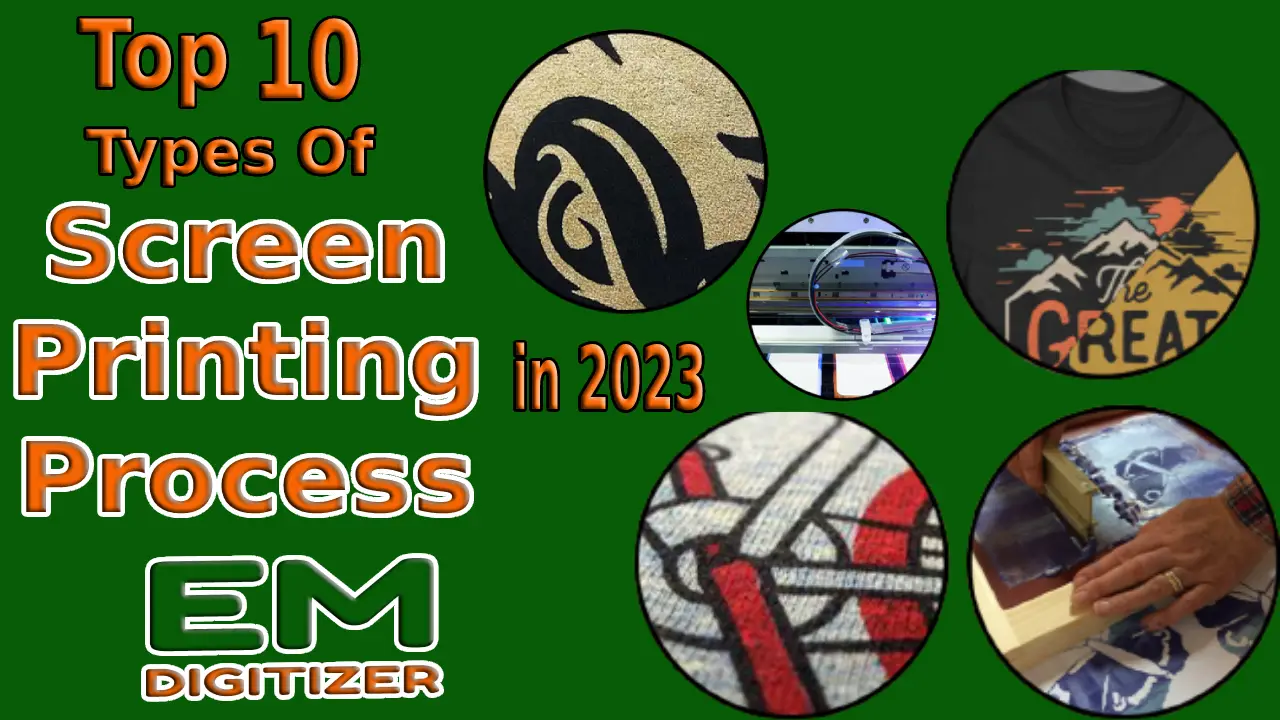
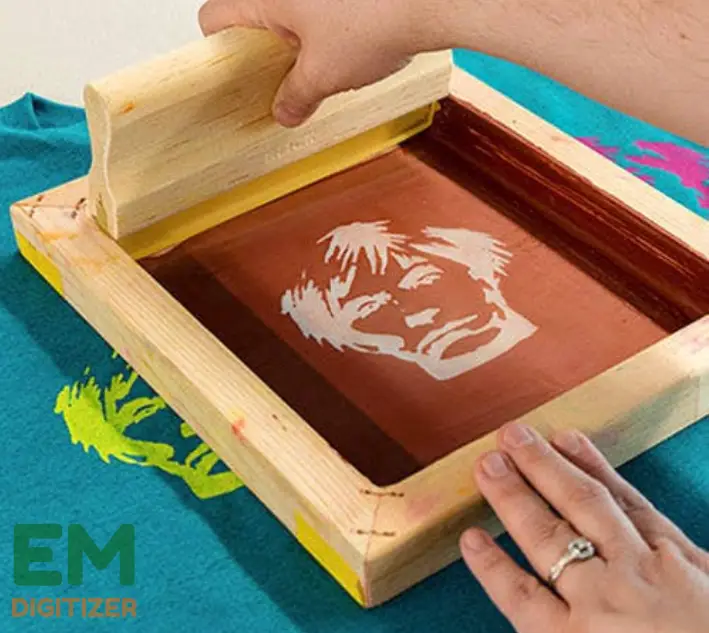
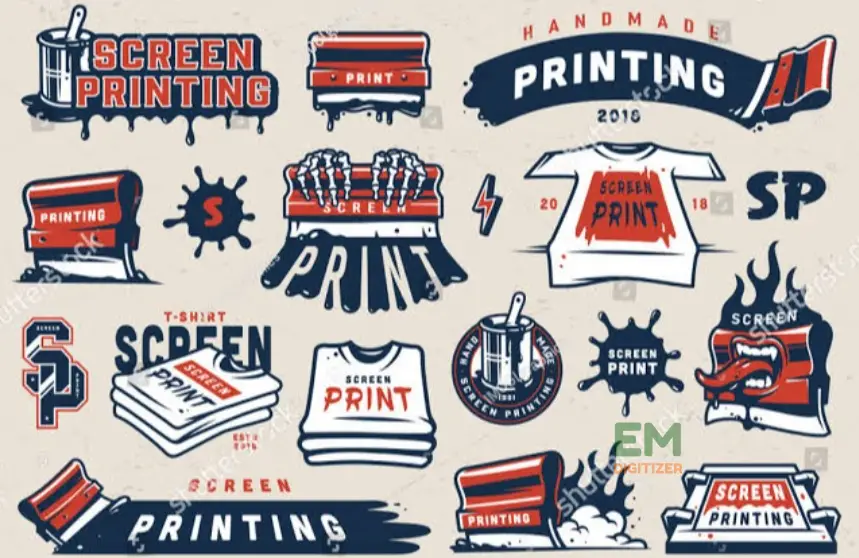

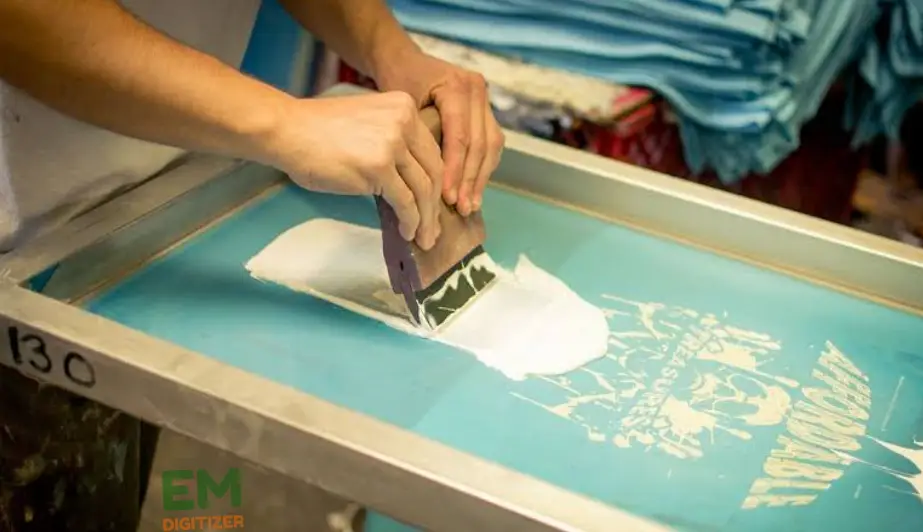
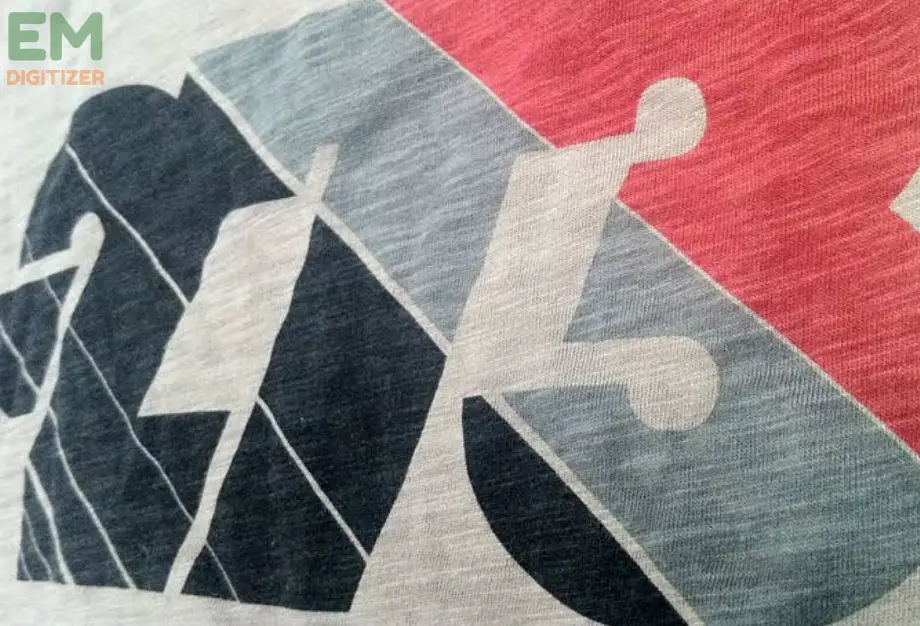
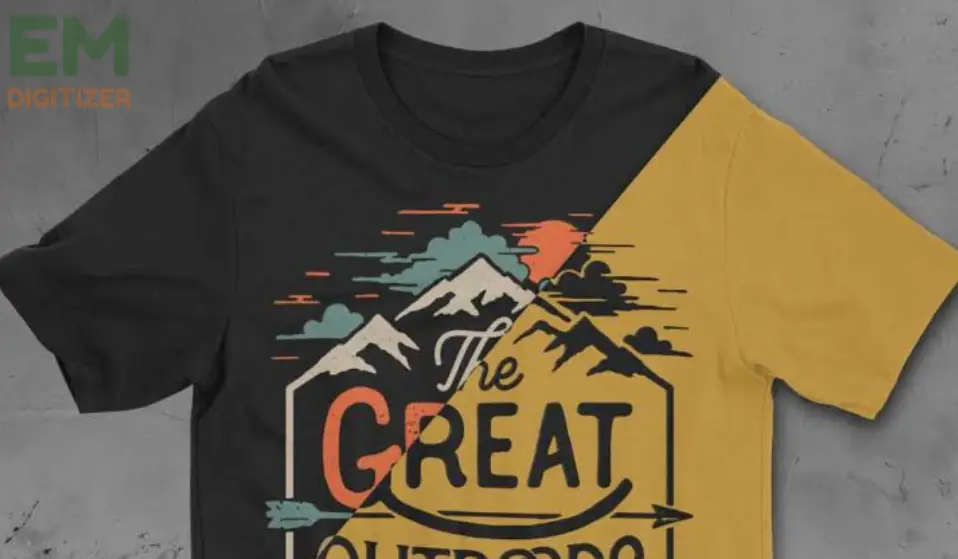
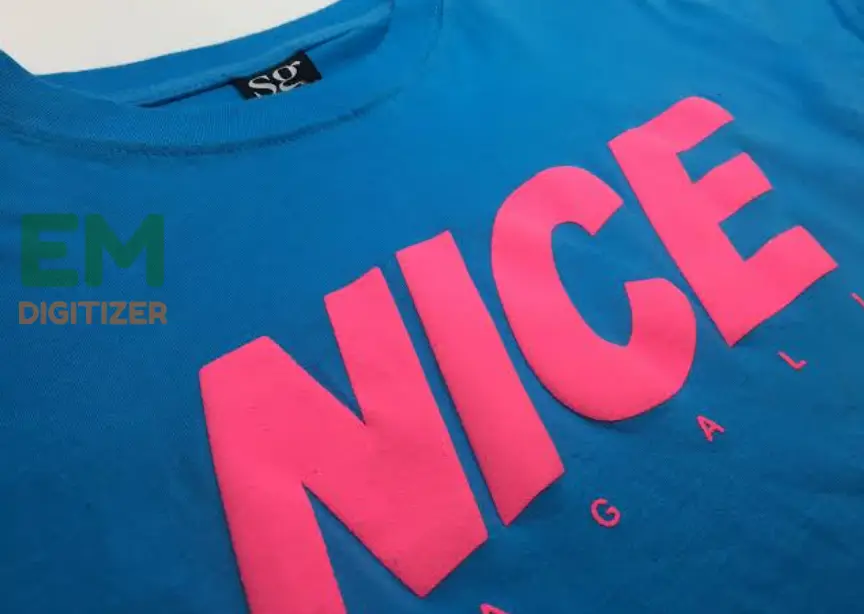

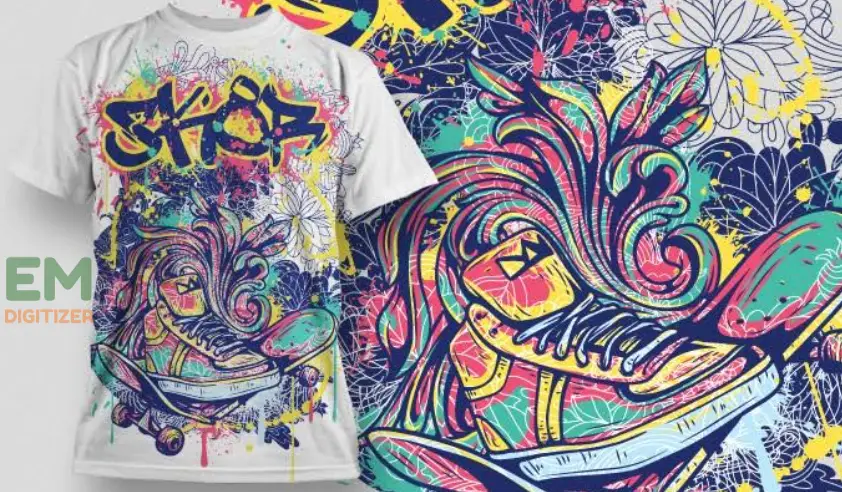
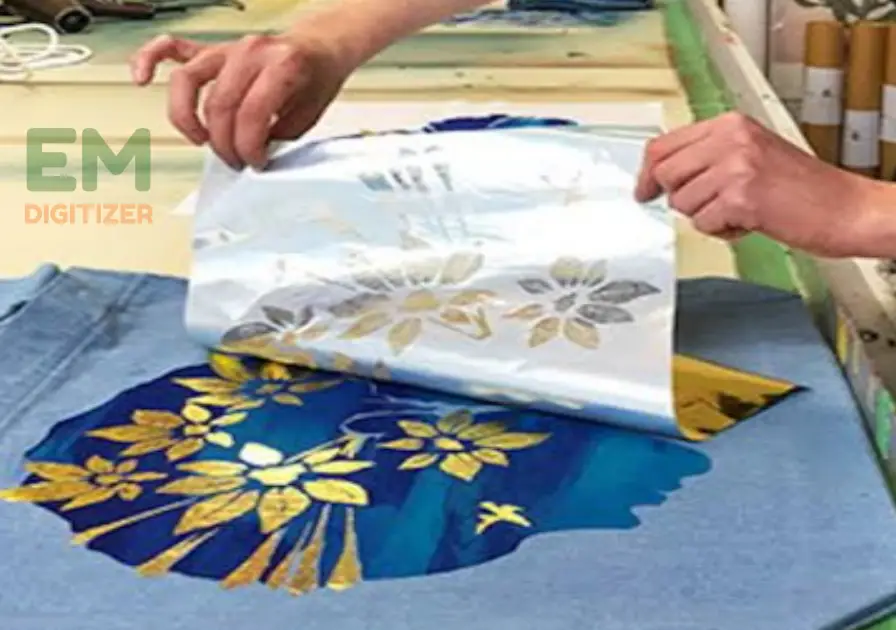
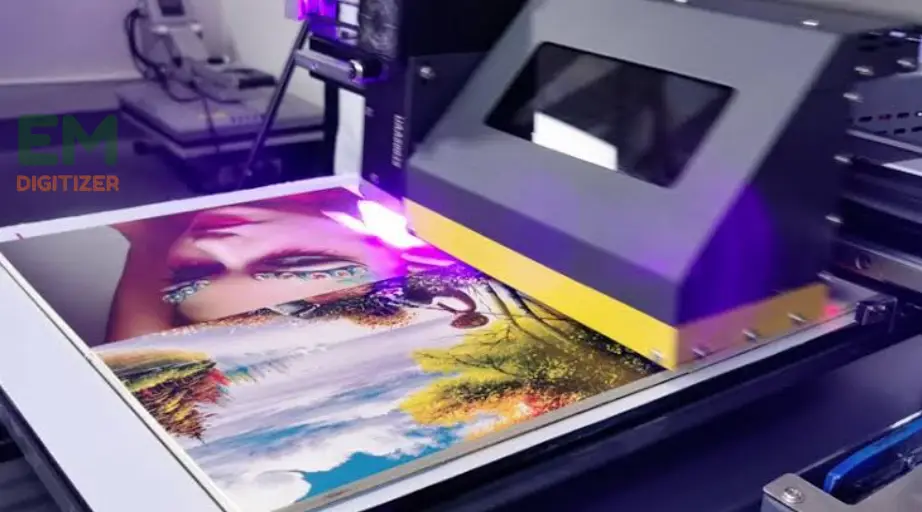
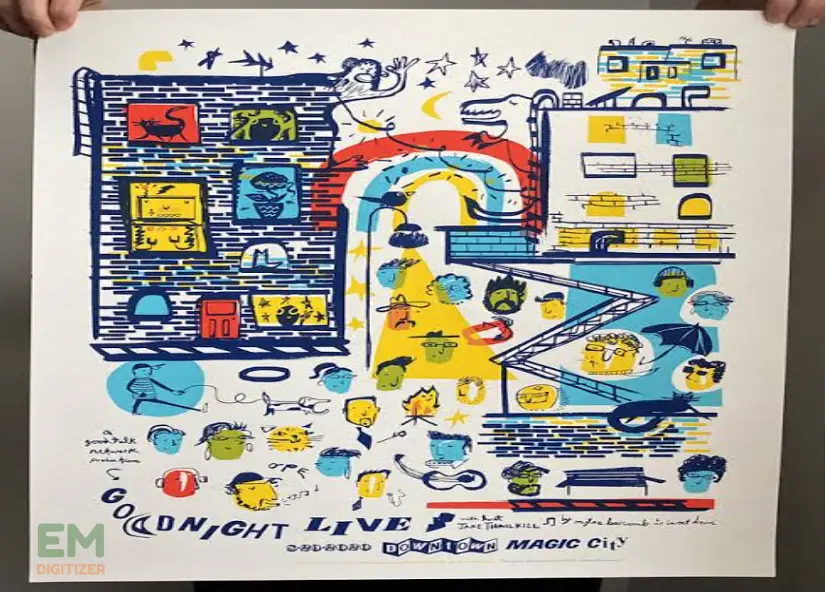



Fantastic roundup of the latest screen printing processes for 2023! This post is a valuable resource for staying up-to-date in the world of printing. Thanks for the insights!
Screen printers, take note! Explore the top 10 cutting-edge types of screen printing processes in 2023. Stay ahead of the game and elevate your printing projects to new heights